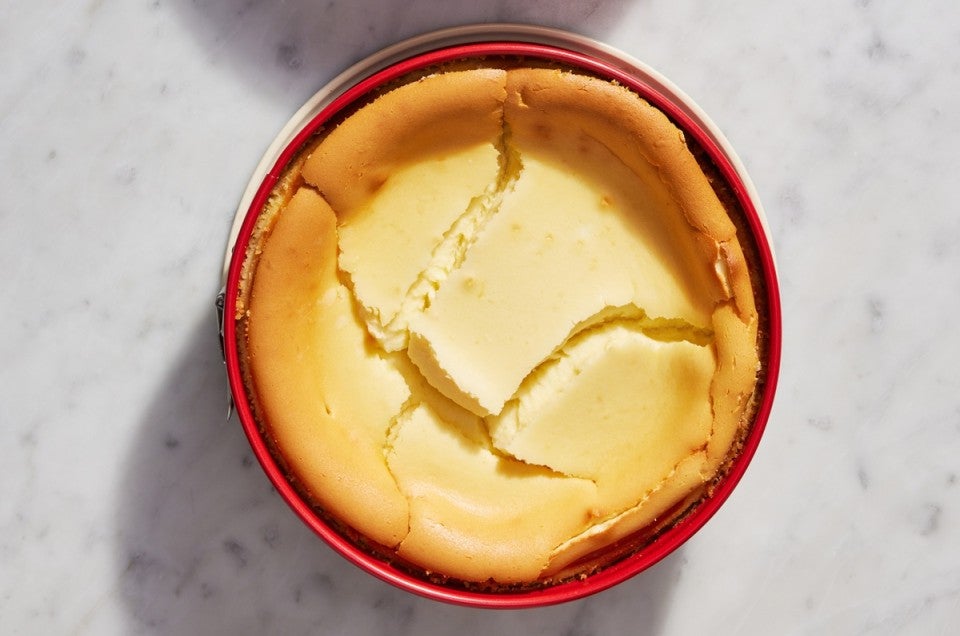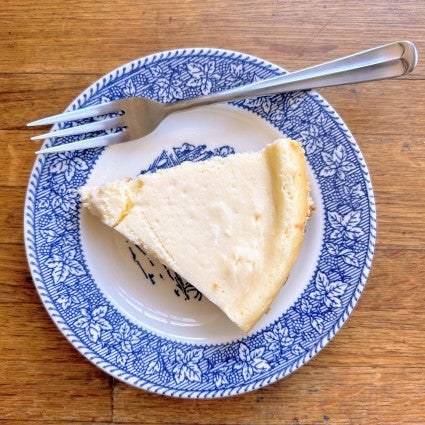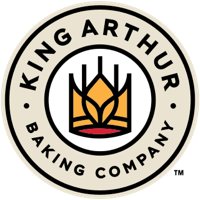


Overbaking is the biggest cause of cracks. As the cake bakes, heat causes the protein molecules in the eggs to interact with one another and form a strong, supple network; this is called coagulation, which ultimately holds the cake together.
But if the proteins become overheated, the network can become stiff and inelastic, creating an unhappy mixture of fluid ingredients (sugar and dairy) and a stiff one (eggs). The result? As the cheesecake rises in the oven, or sinks as it cools, cracks develop.

Avoid this common cheesecake pitfall by baking at a lower oven temperature (325°F is typical) and to an exact internal temperature. (A digital thermometer is your friend — we highly recommend one.)
Either way, the cake will still look wobbly in the center. Don't worry; it will continue to firm up as it cools, first at room temperature, and then in the refrigerator.
If the temperature of your cheesecake reaches 185°F or above anywhere in the cake — edge or center — it will almost certainly result in a cracked top.
If you don’t have a thermometer, judge the cake’s doneness by sight: A firm cake should appear fully set 1" in from the edge, and a 2" to 3" diameter ring in the center should jiggle like gelatin. For cake with a softer center, expand that center ring to 4".
Mixing cheesecake batter too vigorously can also cause cracking. The air you whip into the filling via high-speed beating creates pockets of steam as the cake bakes, which compromise the cake’s solid structure and lead to cracks. To avoid this problem, ensure your cream cheese and eggs are at room temperature and mix the filling slowly, just until combined.
Cheesecake will sink and contract a bit as it cools; if this cooling happens too suddenly, the cake can crack. To prevent this from happening, cool your cheesecake right in the turned-off oven. Bake the cake to the lower range of doneness (since it’ll continue to bake as the oven cools), turn off the oven, and prop the oven door open 4" to 5". Leave the cake in the oven until it’s cooled to room temperature, then refrigerate.
No problem; it’s easy to cover up the damage. Let the cake cool and then chill fully. Just before serving, top with fruit (fresh or lightly cooked), whipped cream, or a schmear of sweetened sour cream.
Are you anxious about potentially overbaking your cheesecake? Here’s a delicious solution: No-Bake Cheesecake with Raspberry Sauce.
Cover photo by Rick Holbrook; food styling by Kaitlin Wayne.


